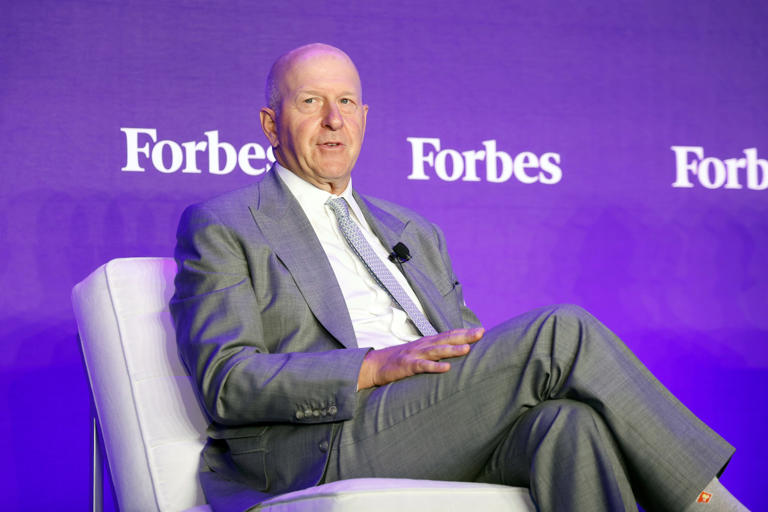The current economic scenario presents a tapestry woven with diverse threads, weaving together elements of promise and challenge.
At its core lies a robust economy, exhibiting signs of vitality and resilience. Notably, the economy showcased impressive growth, with the fourth quarter witnessing a stellar 3.4% annualized expansion, while forecasts for the first quarter remain solid, with the Atlanta Fed’s tool projecting a commendable 2.9% growth rate. Such growth is not merely statistical but reflective of tangible buoyancy, particularly evident in the realm of consumer activity. Consumers, the bedrock of economic vigor, have demonstrated their confidence through buoyant shopping habits, propelling retail sales to a notable 0.8% increase in March alone. Given that consumer spending accounts for approximately two-thirds of GDP, this uptick signals a robust underpinning for economic stability and growth.
Supporting this narrative of economic strength is the labor market, a vital barometer of economic health. Employment figures paint a picture of dynamism, with March witnessing a surge in payrolls to the tune of 303,000 jobs, accompanied by a decline in unemployment to a commendable 3.8%. These figures not only signify job creation but also underscore the resilience of the workforce, indicating a capacity to adapt and thrive in a changing economic landscape.
However, amidst the backdrop of economic exuberance, lurks the specter of inflation. Inflationary pressures, as evidenced by both the Personal Consumption Expenditures (PCE) price index and the Consumer Price Index (CPI), have exceeded the Federal Reserve’s target thresholds. The PCE index recorded a 2.5% increase in the 12 months through February, while the CPI climbed even higher, reaching 3.5% in the 12 months through March. Such inflationary trends, while indicative of a robust demand environment, also pose challenges, particularly for consumers grappling with the prospect of higher prices across a spectrum of goods and services.
This inflationary backdrop has ramifications for monetary policy, shaping expectations regarding Federal Reserve interest rate decisions. Investors, recalibrating their forecasts, have pushed back expectations for rate cuts, with futures markets now suggesting potential delays until July or September. This adjustment reflects a nuanced understanding of the economic landscape, acknowledging both its strengths and vulnerabilities.
Amidst this dynamic milieu, the insights offered by Goldman Sachs provide a lens through which to interpret the evolving economic narrative. Their analysis underscores the economy’s resilience, citing strong personal consumption and a thriving labor market as pillars of strength. Their upward revision of growth estimates for the first quarter, coupled with projections of elevated inflation in the short term, speaks to a nuanced understanding of the economic forces at play.
Yet, amid the ebullience, lies an undercurrent of uncertainty. While the current trajectory points towards delayed rate cuts and heightened inflation, the future remains inherently unpredictable. Factors such as inflation expectations and labor market dynamics introduce variables that could shape the economic landscape in unforeseen ways.
In navigating this complex terrain, vigilance and adaptability are paramount. Monitoring key indicators such as inflation, job market trends, and Federal Reserve policy decisions will be essential in deciphering the trajectory of the economy and charting a course forward amidst uncertainty.
